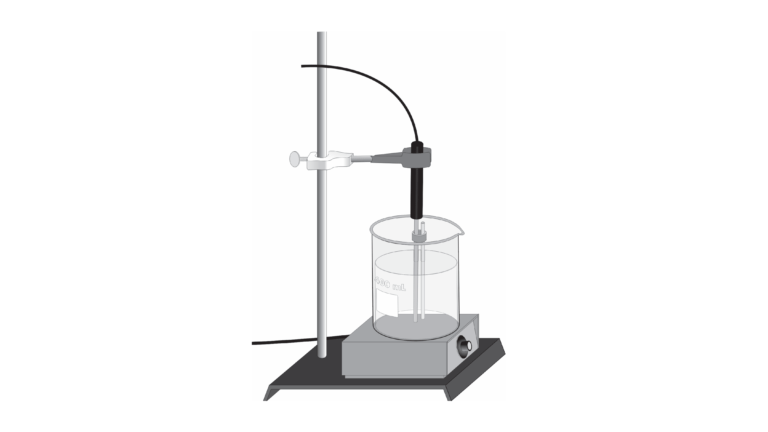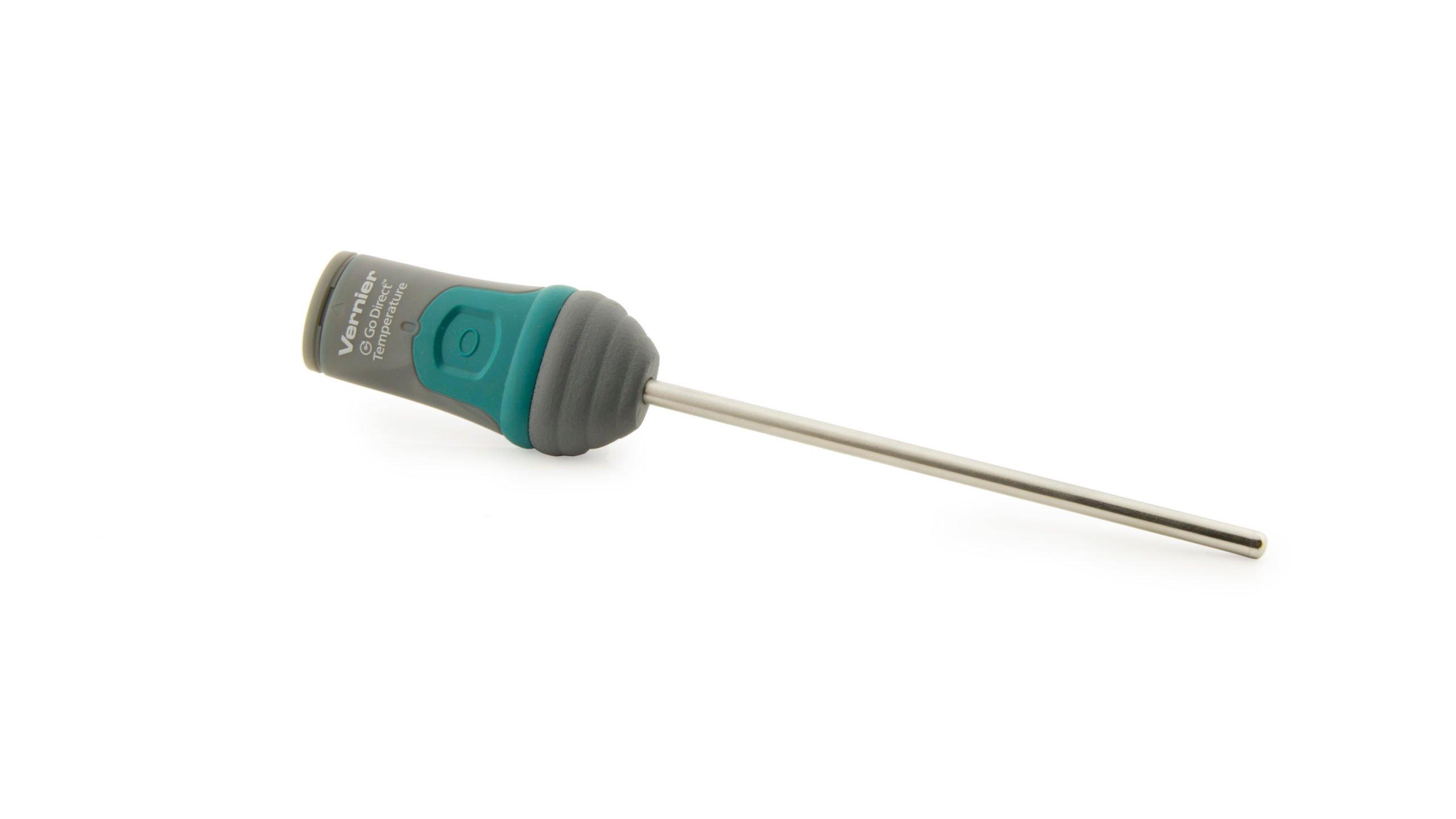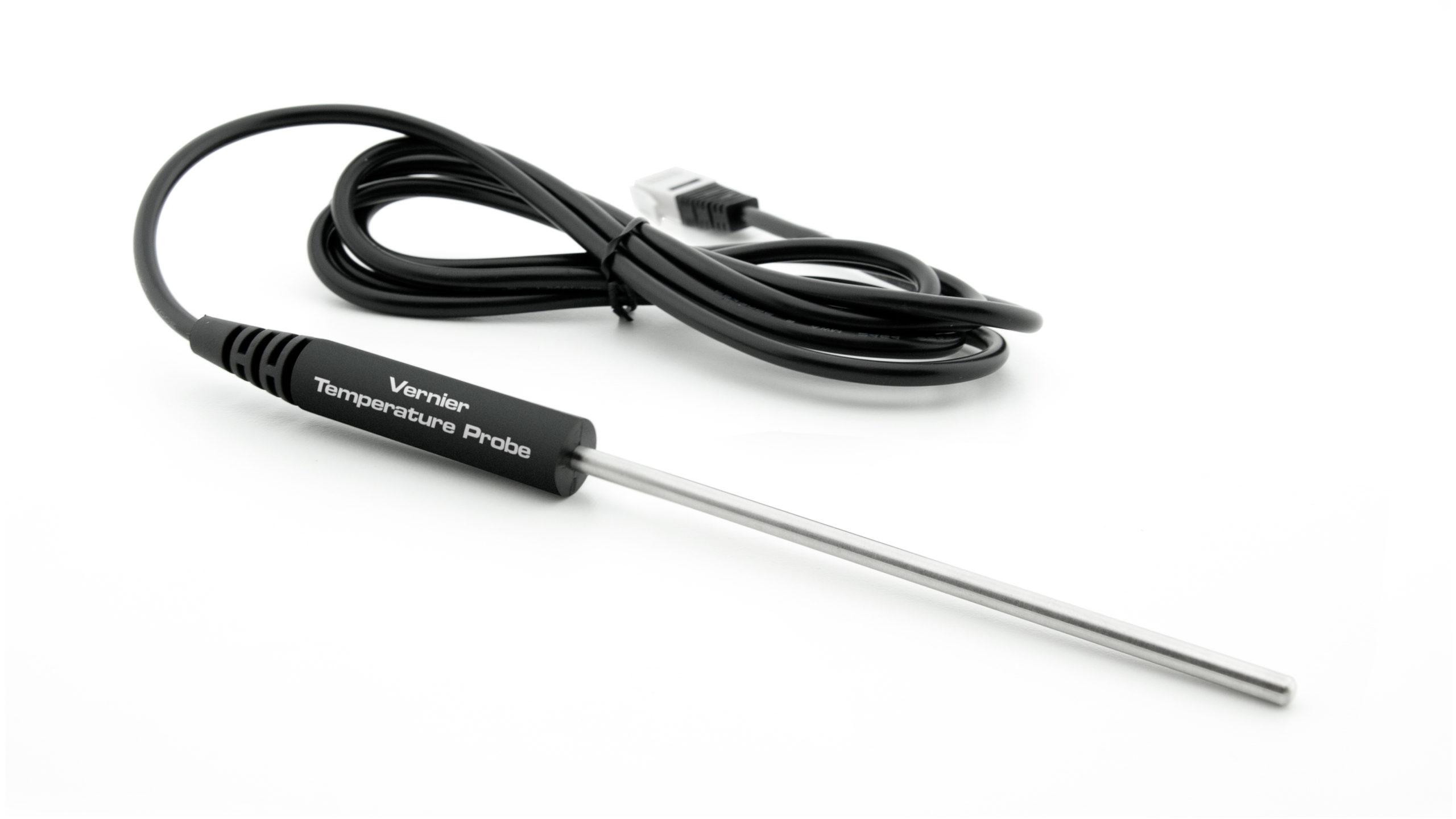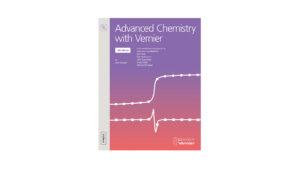
Introduction
After a compound has been synthesized, tests should be carried out to verify that the compound formed is indeed the compound desired. There are a number of tests that can be performed to verify that the compound is the one desired. In Experiment 15A, you prepared alum crystals, KAl(SO4)2•12H2O. In Experiment 15B, you will conduct a series of tests to determine if your crystals are really alum.
The first test is to find the melting temperature of the compound and compare this value with the accepted (published) value for alum (92.5°C). The second test determines the water of hydration present in the alum crystals. The third test is a chemical test to determine the percent sulfate in your sample of alum.
Objectives
In this experiment, you will
- Determine the melting temperature of a sample of alum.
- Determine the water of hydration of a sample of alum.
- Determine the percent sulfate of a sample of alum.
- Verify the chemical formula of a sample of alum.
Sensors and Equipment
This experiment features the following sensors and equipment. Additional equipment may be required.
Option 1

Ready to Experiment?
Ask an Expert
Get answers to your questions about how to teach this experiment with our support team.
- Call toll-free: 888-837-6437
- Chat with Us
- Email support@vernier.com
Purchase the Lab Book
This experiment is #15B of Advanced Chemistry with Vernier. The experiment in the book includes student instructions as well as instructor information for set up, helpful hints, and sample graphs and data.


